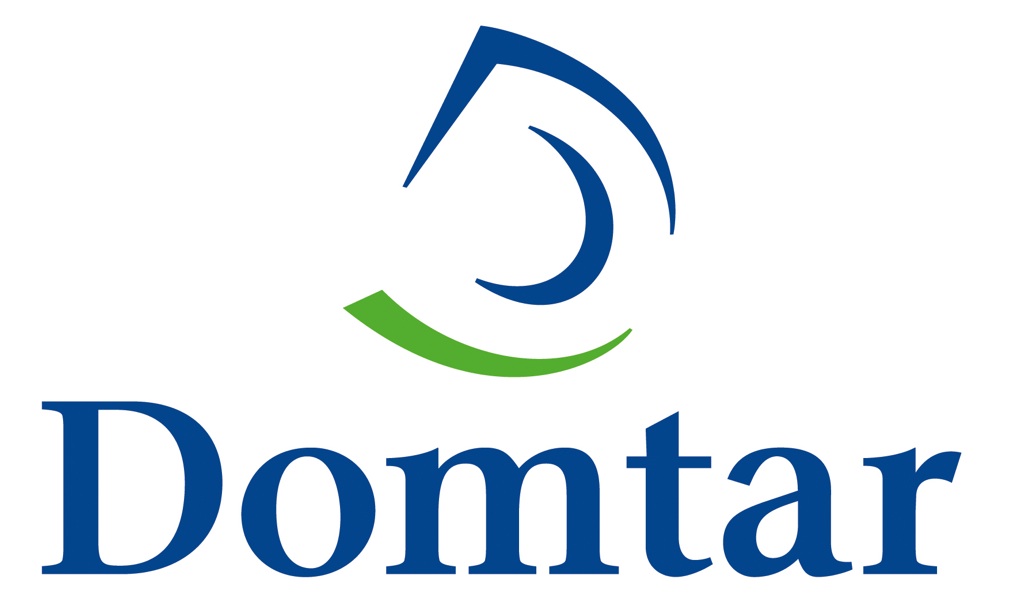7 Tips for Your Organization to Select Which Charity to Pick
7 tips for your organization to select which charity to pick
Montreal is an island but none of us that live on or around it are. Food banks are a simple but very concrete example of how we are all connected, both in the giving and receiving. Case in point is the recent food drive we held at Domtar House in support of the city’s largest food bank, Moisson Montreal, and their annual December campaign. Over 50 boxes of non-perishable items were collected, to go towards holiday baskets and emergency food relief.
As much as supporting such a worthy cause at this time of the year is important, the sobering fact is that it’s the non-holiday times of the year when food bank supplies really start to dwindle, when we have collectively turned the attention of our hearts and minds to other causes.
Trouble is, you can’t perpetually ask people to give, even though the needs out there in all of our communities are of the 24/7/365 variety. So how does your office juggle the need/burnout reality of charitable giving campaigns? Here are some rules of thumb we’re using at Domtar; feel free to adapt them to your own business reality. You can also share yours by commenting below this post.
1. Focus:
You can’t help each and every organization, so it’s better to focus on areas that are in line with your personal or corporate values. For instance, at Domtar, our philanthropic engagement is guided by three priorities: social development through education, culture, and literacy; health and the environment; and the sustainable development of our communities.
2. Get executive sign-on
This may sound obvious, but make sure your C-suite supports these principles. This will be really helpful in case of disagreements (yes, disagreements on selecting a charitable organization will happen).
3. Make it public
Gather all these principles in a single document – such as a corporate policy – and make it available internally and externally on your intranet and website.
4. Make it easy for applicants
You’re trying to help, so it makes good sense to avoid any unnecessary red tape for support requests. A simple word or pdf form available from your website, one or two pages max, is largely sufficient to get a good idea of the organization. You can always request more information later by contacting the organization directly.
5. Decentralize
All decisions don’t have to be taken at the top. If your organization has offices in several location, create local selection committees and empower them to make decisions up to a certain amount. By being at the heart of the community, local committees are in a better position to make the right choice.
6. Stick to your guidelines
Once the policy has been written and posted on your website, people will have tendency to forget it. Mark your calendar to review it once a year and, more important, to communicate it to new employees, especially those on your selection committees.
7. In doubt, choose with your heart
There will be times when, in spite of all your policies and principles, you will hesitate to make your choice. Then, listen with your heart and go for it!
On a similar topic, we strongly recommend the personal view of blogger Seth Godin on the difficult choices of which charity to pick.



